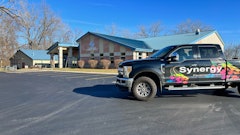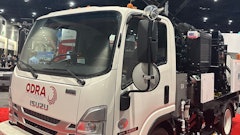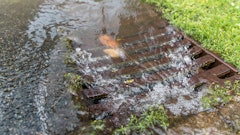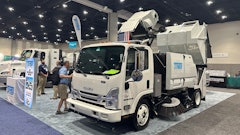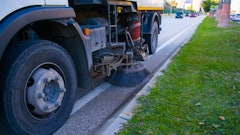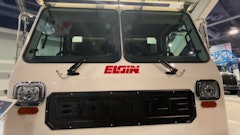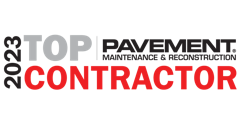The sweeping industry has been keeping a close eye on California's off-road and on-road diesel regulations, and a National Pavement West 2008 seminar - free as a benefit to NAPSA members - cleared up some of the confusion for sweeping contractors. Presented by Charlie Cox of Ironman, "Complying with California's New Exhaust and Emissions Regulations" outlined the four ways to comply with the new regs:
- Replacing requires contractors to buy new models to replace all the sweeping trucks that don't comply with the standard,
- Repowering requires contractors to buy a new, compliant engine, which could be a challenge for the sweeping industry,
- Retiring takes a non-compliant sweeper out of service without replacing it, and
- Retrofitting requires adding approved emissions filters and/or catalysts to sweepers.
Cox said no single solution is best for sweeping contractors, and each has its pros and cons. Replacing equipment would take care of regulation requirements in one swoop, but contractors would have to wait to purchase new sweepers that have the 2010 approved engines. Plus, buying a new sweeper can be costly. Repowering a sweeper with a new engine is also difficult (some contractors have had problems with this path because some manufacturers are not willing to add a new engine to an old sweeper for safety reasons). Retiring a sweeper also eliminates any compliance worries but at the same time eliminates a revenue source for the contractor. Retrofitting can be expensive and not always a permanent solution, but contractors who choose this approach have some new options available and more that are waiting to be verified as meeting the new regulations.
The time line for compliance depends on the size of a contractor's fleet, but implementing compliant technologies (such as new engines or filters) can earn early implementation credits that allow more time before the next implementation must happen.
There are three roads to compliance with the on-road regulation. Contractors can use BACT (Best Available Control Technology), fleet averaging, or a "combo option." According to Cox, for sweeping contractors the combo option is probably the least expensive. His advice for contractors was to take a detailed list of the sweeper fleet (engine years, engine model numbers, sweeper truck models and years, etc.) to a professional who knows the regulation's requirements. These professionals can sit down with the contractor and plan the best road for his or her business.
Cox also said sweeping contractors outside California should pay attention to this regulation because he expects more states to incorporate these emissions regulations. Plus, even if you aren't located in California but you do work there, or even drive through the state, compliance rules apply to you, too.
For more information about joining NAPSA visit www.NAPSAonline.com or contact our office at 269-383-6993.









